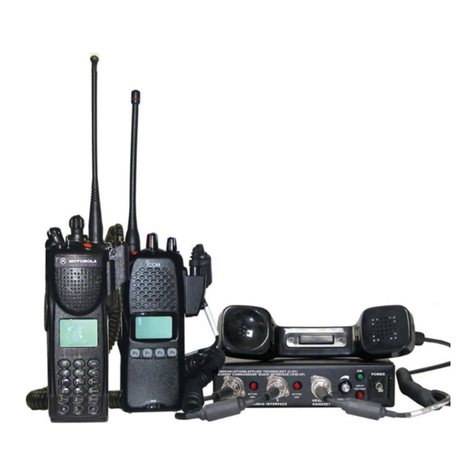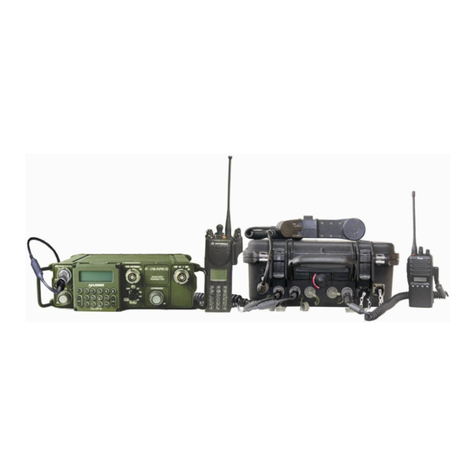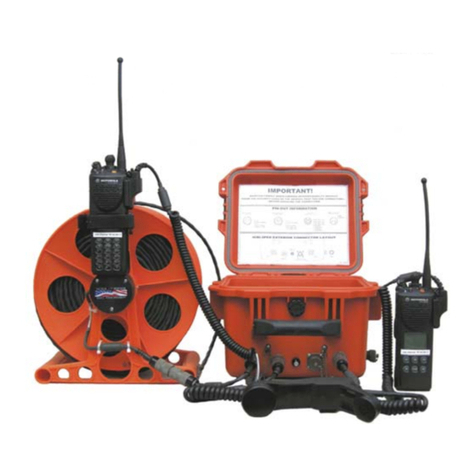
TABLE OF CONTENTS:
THEORY OF OPERATION......................................................................................................................3
PRE-OPERATIONAL ACTIVITIES .......................................................................................................4
PRE-OPERATIONAL ACTIVITIES .......................................................................................................4
1. SET-UP AND USE INSTRUCTIONS............................................................................................5
2. CONTROLS AND INDICATORS .................................................................................................6
OUTSIDE CASE......................................................................................................................... 6
INTERNALPANEL:................................................................................................................... 8
3. ICRI POWER...................................................................................................................................9
TO POWER THE ICRI6“AA” BATTERIES: ..................................................................................... 9
USE AN AC SOURCE TO POWER THE ICRI. .................................................................................. 10
TO POWER THE ICRIWITH THE OPTIONAL C-AT BATTERY PACK (8 “AA” CELLS)...................... 11
TO POWER THE ICRI-2PE AND ICRI/2PED WITH ALLIGATOR CLIPS CABLE (P/N 179.0758) .... 12
4. PORTABLE RADIO INTERFACE.............................................................................................13
CONNECTING THE PORTABLE RADIO............................................................................................ 13
SETTING THE RADIO TO TRANSMIT THROUGH THE ICRI............................................................... 15
OPERATING THE PORTABLE RADIO AFTER CABLE CONNECTION................................................... 15
USING A NEXTEL™PHONE IN DIRECTCONNECT™MODE. .......................................................... 16
TROUBLESHOOTING RADIO SETUP............................................................................................... 16
5. LAND-LINE TELEPHONE, CELLULAR PHONE INTERFACE..........................................17
CONNECTING A LAND LINE TELEPHONE TO THE ICRI-2PE .......................................................... 17
CONNECTING A CELLULAR TELEPHONE TO THE ICRI-2PE/2PED................................................ 18
6. THE LOCAL HANDSET..............................................................................................................19
USING THE HANDSET P/N 280.0127............................................................................................ 19
ADJUSTING THE VOLUME ............................................................................................................ 19
APPENDIX A: CONNECTOR PIN-OUT DATA..................................................................................20
APPENDIX B: ICRI BOARD ADJUSTMENTS ...................................................................................21
APPENDIX C: ICRI OPTIONS..............................................................................................................23
250’ RADIO EXTENSION INTERFACE (CABLE REEL)P/N: 179.6214............................................ 23
500’ RADIO EXTENSION INTERFACE (CABLE REEL)P/N: 179.6211............................................ 23
SET-UP OF THE CABLE-REEL....................................................................................................... 24
APPENDIX D: SOME INTEROPERABILITY DOS AND DON’TS ..................................................28
APPENDIX E: FCC 15.21 INFORMATION TO USER:......................................................................29































